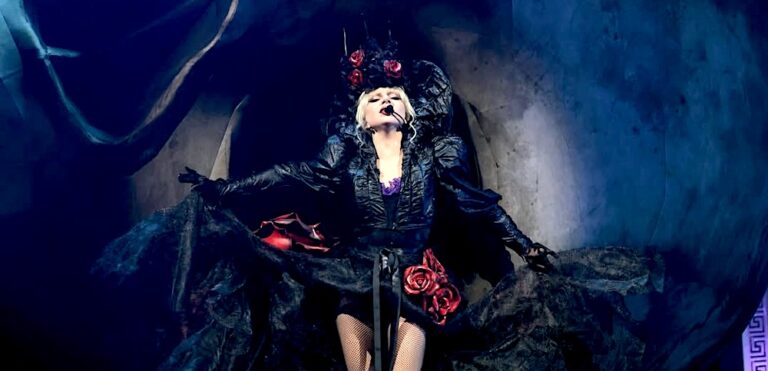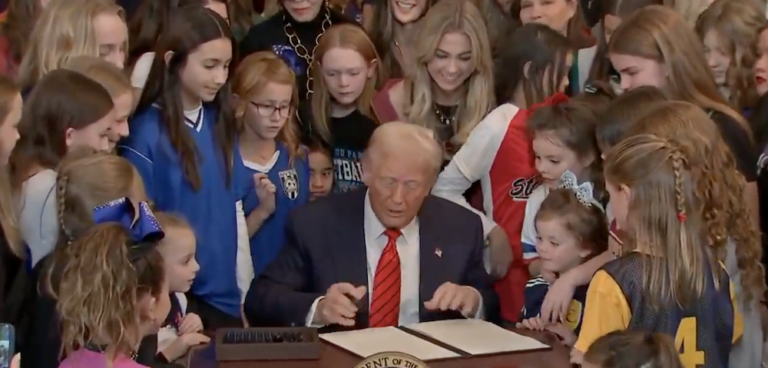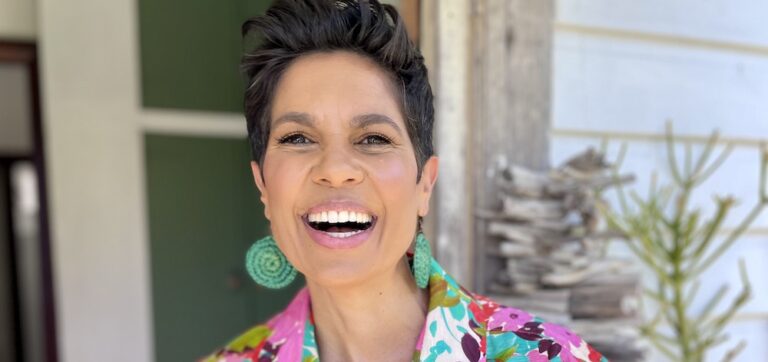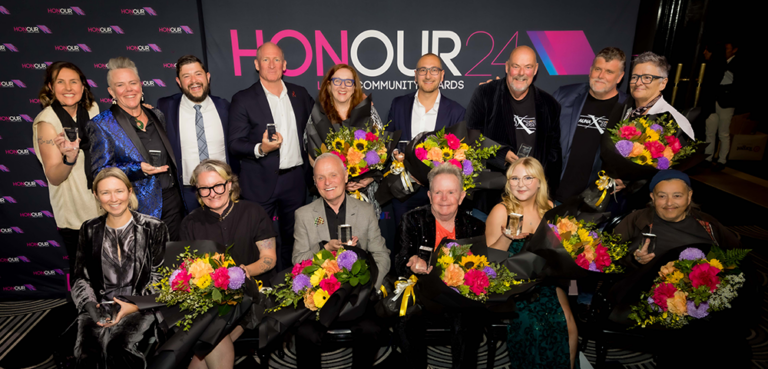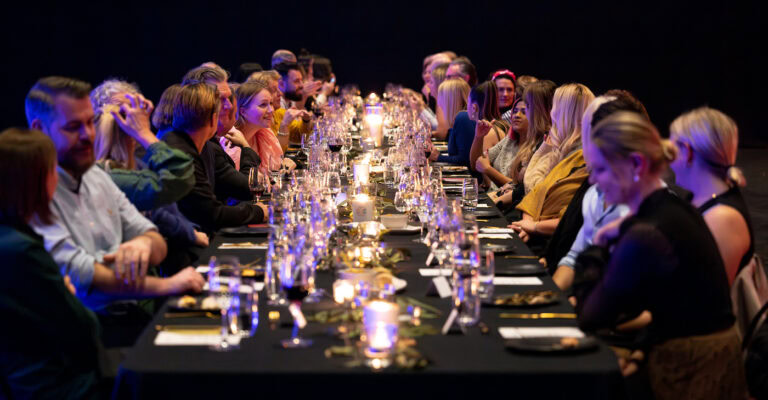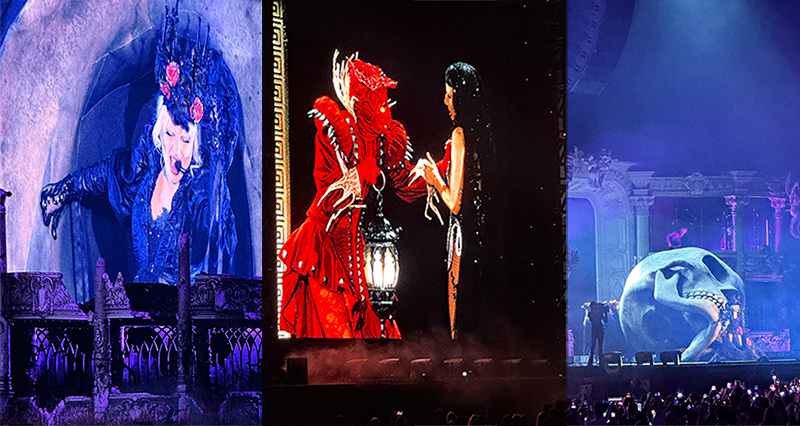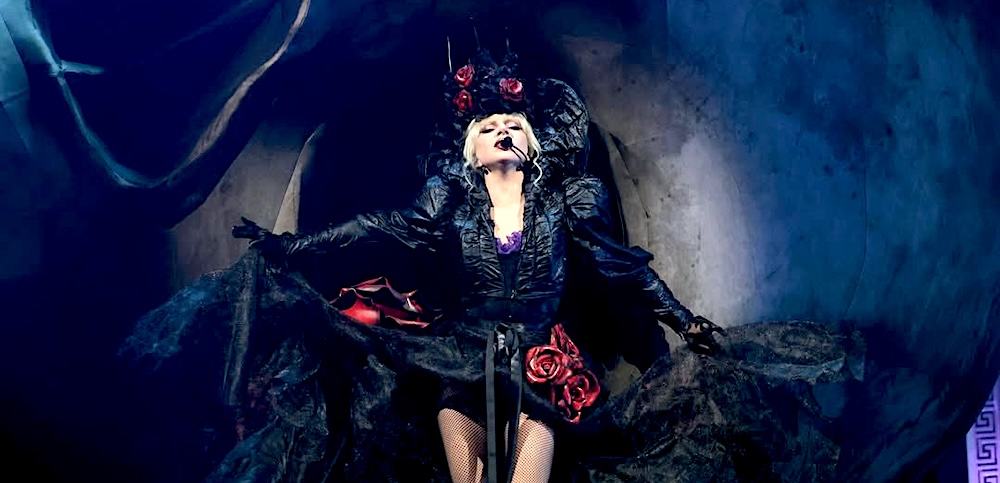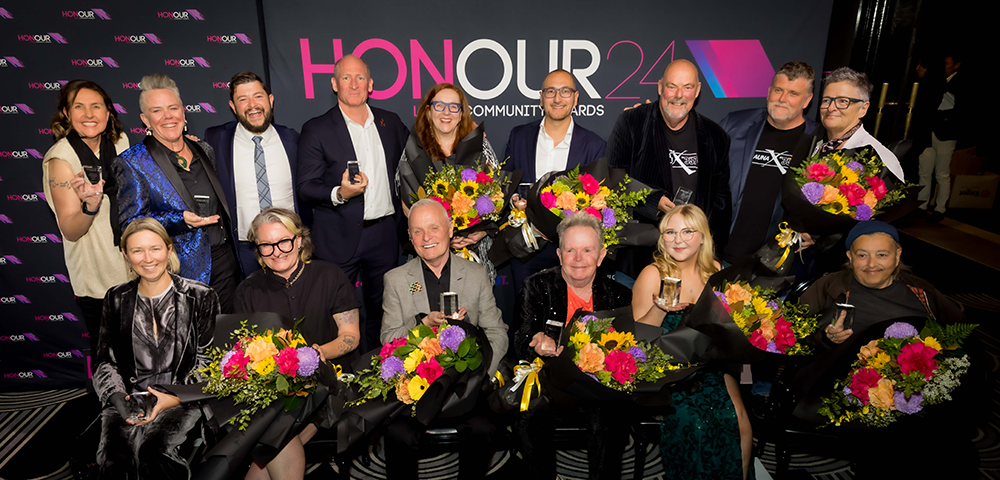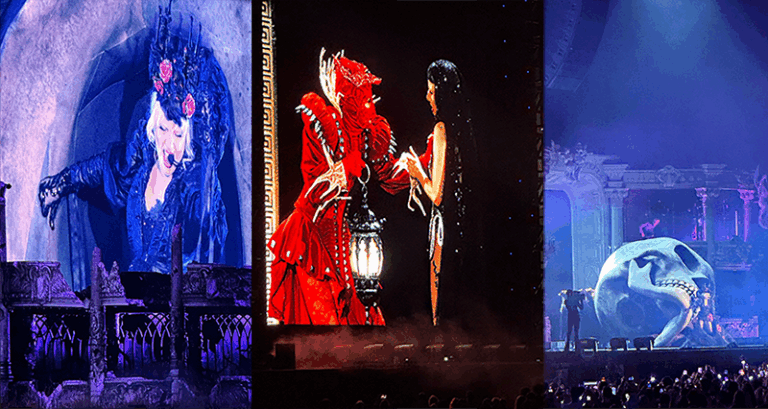
It’s time to talk about the suicide rates of Indigenous LGBTI people in Australia
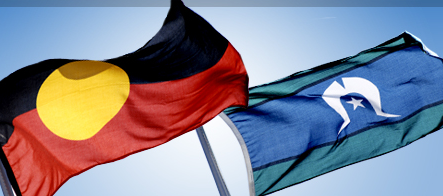
“TO be Aboriginal is really hard, but to be LGBTI as well is a double whammy.
“We cop the discrimination from two sides. When you look at me, I’m quite dark so you see the black first and I was discriminated against because I was gay.”
Iman and Wadja man Dion Tatow is on the phone from Brisbane with Sandy Gillies who have about 50 years combined experience working in Indigenous health, with focus on mental health. Both attended an Australian-first roundtable looking into the issue of suicide and self-harm among Aboriginal and/or Torres Strait Islander people who identify as LGBTI.
“There is no record of the suicide rates who for Aboriginal and Torres Strait Islander people who also happen to be LGBTI,” Gillies said.
“We only know anecdotally from the networks we work with that suicide is quite high in queer Indigenous communities.”
Held in 2015, the Sexuality and Gender Diverse Populations Roundtable hosted by the Aboriginal and Torres Strait Islander Suicide Prevention Evaluation Project (ATSISPEP) brought together about 25 Indigenous people from around Australia to discuss how to tackle the issue.
One of the roundtable participants spoke of the impact of trans-generational homophobia had on her family.
“I’m the daughter of a woman who was sent to missions and reserves but I’m also the daughter of an Aboriginal man who came out as gay,” she said.
“Because he was gay I was kept from him – because he was gay, so that too is intergenerational trauma. Blame is a huge contributing factor. I was the cause of other people’s distress it was said.
“When my son when to prison, it was all blamed on my sexuality. This was horrific for me and for my son. It was more trauma for myself and my son”.
Black Rainbow founder Dameyon Bonson said the above highlighted the need for self-determination.
“One of the key elements of the report was… the self-determination that we need to be part of the decision making process, not just be advisors of it,” he said.
Without specific data to understand how high the suicide rate is among LGBTI Indigenous people in Australia, Bonson said there was a need to understand how the intersectionality of homophobia, transphobia, biphobia and racism was amplified for an LGBTI Aboriginal and/or Torres Strait Islander person.
“I honestly believe there’s more racism in the gay community than there is homophobia in the Aboriginal community… the world in which we grow up as sexually and gender diverse people, the world doesn’t fully represent or reflect who we are,” Bonson said.
“The more remote you are and isolated you are from that positive imagery, you’re going to think, ‘where is my place in the world?’
“We don’t know, because it hasn’t been measured as yet and that’s something I’m hoping to do as one of the core activities of Black Rainbow: to facilitate the research so it’s owned and operated within an Aboriginal LGBTI space and the Aboriginal LGBTI community become the leaders of the project.”
The report from last year’s roundtable, which was released last week, identified the following necessary objectives:
- To ensure that the voices of the Aboriginal and Torres Strait Islander sexuality and gender diverse community are valued and present
- To ensure ownership of the issues, the analysis and conclusions with respect to sexuality and gender diverse people
- To ensure that new insights involving sexuality and gender diverse populations are recognised
- To connect the voices of the sexuality and gender diverse community directly to evolving policy wherever possible and appropriate
- To guide further development of ideas found in current reports and literature to supplement the sexuality and gender diverse populations’ concerns that emerged in the Roundtable.
Bonson said while seeking funding was important to help address the issue, raising awareness was also critical.
“We need people to know what we know, to say ‘hey we can support you’. The philanthropic doesn’t know we (Aboriginal LGBTI people) exist,” he said.
“By getting the exposure we do hopefully it will penetrate the philanthropic and corporate sector, to say ‘hey, there’s a high risk or a high need group over here’, there’s a lot of dollars going into the broader mainstream sector but it’s still not reaching us.
“The fundamental purpose of Black Rainbow is someone can get on the internet and see a positive image of themselves and a positive reflection of who they are and know they’re okay.”
If you or anyone you know needs help, contact Lifeline Australia on 13 11 14, or speak to your local Aboriginal Medical Service.
